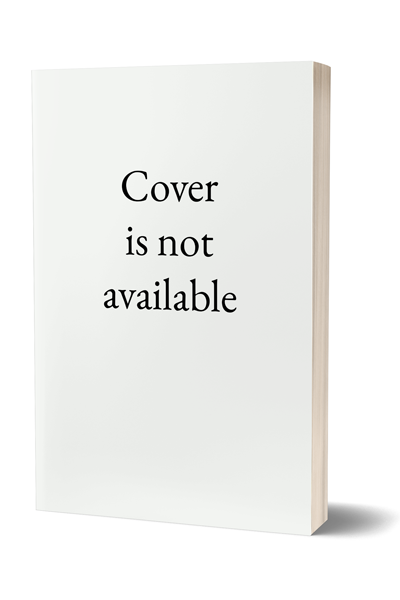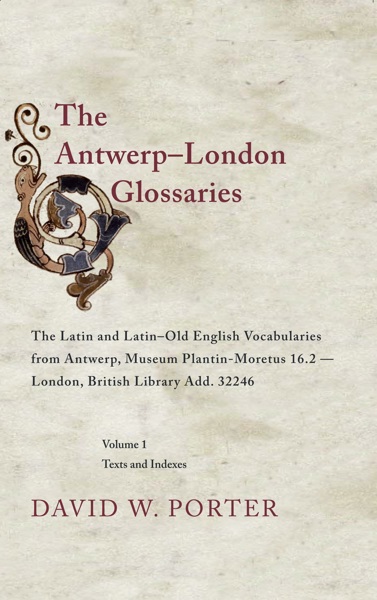
The Correspondence of Edward Lye
Margaret Clunies Ross, Amanda J. Collins
- Pages: 411 p.
- Size:150 x 230 mm
- Language(s):English
- Publication Year:2004
- € 95,00 EXCL. VAT RETAIL PRICE
- ISBN: 978-0-88844-906-1
- Hardback
- Available
Edward Lye (1694-1767) was an important contributor to the advancement of our understanding of the structure of the English language, its vocabulary, and its literature. Compared with the work of more celebrated pre-nineteenth-century Anglo-Saxonists and antiquaries, Lye's was a scholarly output of less original talent and reach (the role he gave himself was to 'remove the rubbish out of the way, as an underworkman'), but in the course of editing, improving, and publishing the hitherto unpublished work of others he made genuine advances in scholarship, particularly in the areas of English lexicography and Gothic studies. The Lye correspondence - in the main a collection of scholarly letters that are also sometimes the personal communications of friends - indicates how varied his interests were, how widely he read, and how frequently he discussed texts, elucidated cruces, and established correct textual readings, often for the first time.
This edition presents the 193 letters known to have passed between Edward Lye and forty-five correspondents between 1729 and Lye's death in 1767. English translations are provided for letters written in Latin, Greek, and Swedish, as well as for words and passages in other languages (e.g. Old English, Gothic, Hebrew) discussed in the correspondence. The introduction provides a biography of Lye and a detailed examination of his major scholarly accomplishments: the edition of Franciscus Junius's Etymologicum Anglicanum, published in 1743 with extensive improvements and additions by Lye; the publication in 1750 of Eric Benzelius's edition and Latin translation of the Gothic Gospels (Sacrorum evangeliorum versio Gothica), together with Lye's own contribution of corrections and notes, preface, and a Gothic grammar; the Dictionarium Saxonico- et Gothico-Latinum, completed posthumously by Owen Manning and published in 1772; and an unfinished translation into Latin of the Old English poems of the Cædmon manuscript (Oxford, Bodl. MS. 11). Supporting materials, including biographical records and documents relevant to the edited letters and Lye's publications, are presented in several appendices; there are also biographical notes on Lye's correspondents and a bibliography of manuscripts and printed works. Like A Chorus of Grammars, edited by Richard L. Harris and published in the same series, this book will be of value to all those interested in Germanic philology, the history of Old English and Gothic scholarship, and the work of the sixteenth- to the eighteenth-century antiquaries in England and northern Europe.

